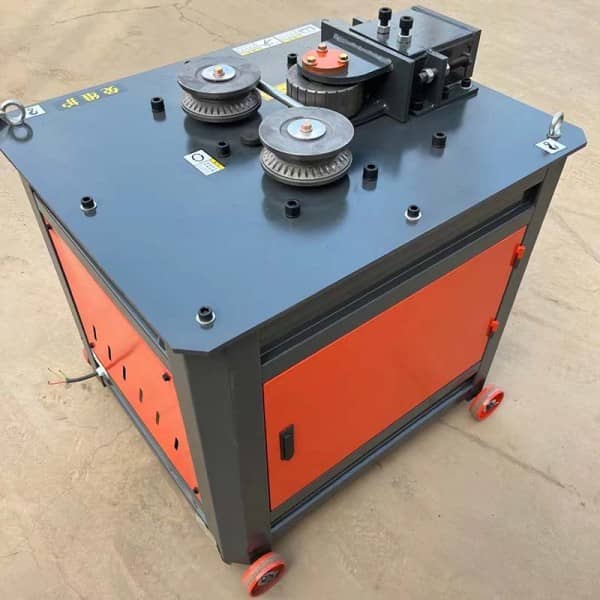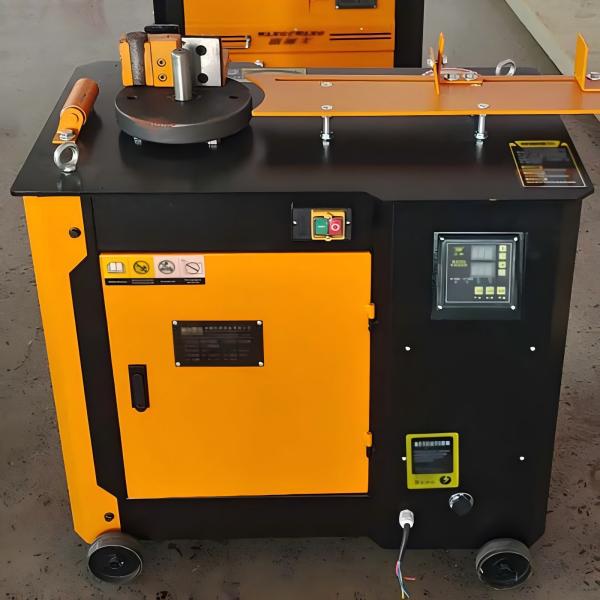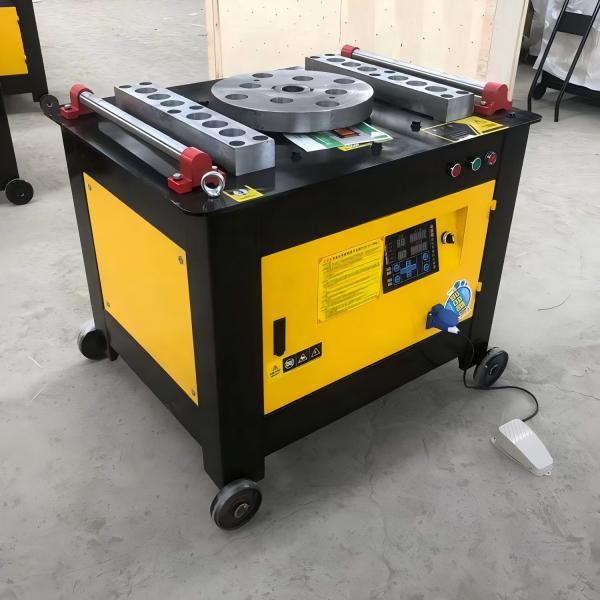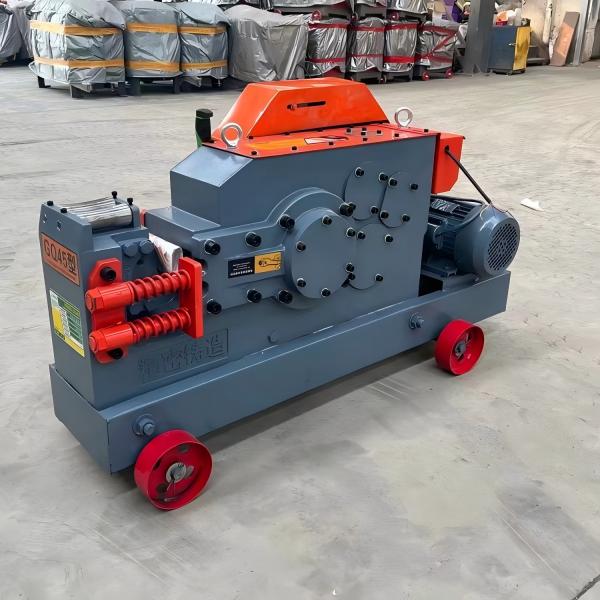Rebar Straightening Machine: A Complete Guide for the Construction Industry
Introduction
In modern construction projects, reinforcing steel bars (rebar) play a critical role in ensuring the strength and durability of concrete structures. However, rebars are often delivered in coils or bent shapes, making them difficult to use directly. This is where the Rebar Straightening Machine becomes an essential piece of equipment. By quickly straightening and cutting rebars into accurate lengths, this machine helps contractors save both time and labor costs. Moreover, it improves worksite efficiency and ensures compliance with engineering standards.
In this article, we will explain how a rebar straightening machine works, its main features, advantages, applications, and why it is indispensable in the global construction industry.
How Does a Rebar Straightening Machine Work? 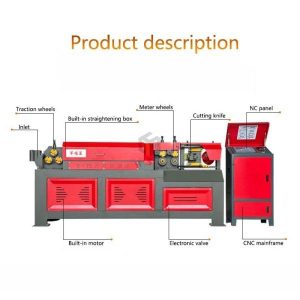
A rebar straightening machine is designed to remove bends, coils, or irregularities from reinforcing steel bars. It operates by feeding the coiled rebar through a series of straightening rollers. As the rebar passes through, the rollers apply controlled pressure, forcing the bar into a straight form. Once straightened, the machine can also cut the bar into specific lengths according to project requirements.
Unlike manual straightening, which is time-consuming and inconsistent, this machine delivers uniform results at high speed. Therefore, it allows construction companies to prepare large quantities of rebars with precision.
Key Features of Rebar Straightening Machines
To better understand their value, let us highlight the core features of modern rebar straightening machines:
-
Automatic Operation – Most machines are equipped with digital controls for speed, length, and quantity settings.
-
High Productivity – Depending on the model, they can process several tons of rebar per shift.
-
Adjustable Rollers – Rollers can be adjusted to handle different diameters of rebars, usually ranging from 4 mm to 14 mm.
-
Durable Components – Built with alloy steel rollers and robust motors to withstand heavy-duty use.
-
Cutting Mechanism – Integrated cutters provide accurate rebar lengths with minimal waste.
-
Safety Protection – Machines include guards and emergency stop functions for operator safety.
Because of these features, construction companies can rely on rebar straightening machines for both small and large projects.
Advantages of Using Rebar Straightening Machines
Now that we understand the features, it is important to explore the advantages. When compared to traditional methods, the benefits are clear:
-
Time Efficiency: Straightening by hand is slow, but these machines can process hundreds of meters of rebar per hour.
-
Cost Savings: With automation, fewer workers are needed, reducing overall labor costs.
-
Precision: Accurate straightening and cutting ensures that the rebars meet exact project requirements.
-
Less Material Waste: By cutting bars precisely, contractors minimize scrap and maximize usage.
-
Improved Safety: Workers avoid heavy manual handling, lowering the risk of injury.
-
Better Quality Control: Consistent results lead to stronger concrete reinforcement.
Consequently, using a rebar straightening machine becomes not just a convenience but a necessity for modern contractors.
Applications in the Construction Industry
Rebar straightening machines are widely used across different sectors of construction. For instance:
-
High-rise Buildings – Large quantities of straightened rebars are needed for columns, beams, and slabs.
-
Bridges and Tunnels – Infrastructure projects demand high precision and speed in rebar preparation.
-
Road Construction – Reinforced concrete pavements rely on uniform steel reinforcement.
-
Precast Concrete Plants – Factories producing precast elements such as piles, panels, and girders use straightened rebars for consistency.
-
Residential Projects – Even small-scale projects benefit from efficient rebar preparation.
Clearly, this machine adapts to projects of all sizes, making it a versatile investment.
Types of Rebar Straightening Machines
Different models exist to suit varying needs. Generally, they can be classified into three categories:
-
Manual Feed Machines – Compact and cost-effective, suitable for smaller construction sites.
-
Semi-Automatic Machines – Offer better speed and cutting accuracy, often used in medium-sized projects.
-
Fully Automatic Machines – Designed for large-scale production, these machines feature computerized controls and high-output capacity.
Because of these options, buyers can choose the right machine depending on their workload and budget.
Choosing the Right Rebar Straightening Machine
When selecting a machine, several factors must be considered:
-
Bar Diameter Range: Ensure the machine supports the required steel bar sizes.
-
Processing Speed: Match machine output to project scale.
-
Cutting Accuracy: Look for models with reliable cutting mechanisms.
-
Durability: Heavy-duty materials extend service life.
-
After-Sales Service: Reliable technical support reduces downtime.
By evaluating these criteria, contractors can invest wisely and achieve long-term productivity gains.

